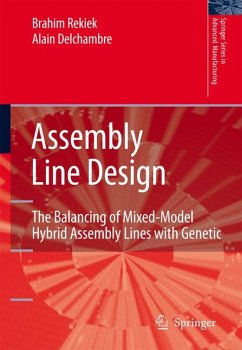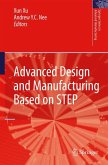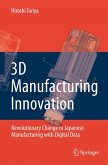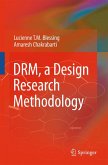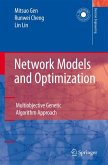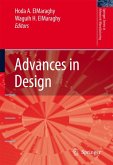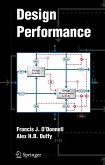Since it is impossible to replace a designer's intelligence, experience and creativity, it is important to provide him with a set of assistance tools in order to meet the conflicting objectives involved. Assembly Line Design presents three techniques based on the Grouping Genetic Algorithm (a powerful and broadly applicable optimisation and stochastic search technique) which can be used to aid efficient assembly line design:
. 'equal piles for assembly lines', a new algorithm introduced to deal with assembly line balancing (balancing stations' loads);
. a new method based on a multiple objective grouping genetic algorithm (MO-GGA) aiming to deal with resource planning (selection of equipment to carry out assembly tasks);
'. balance for operation' (BFO), introduced to deal with the changes during the operation phase of assembly lines.
Assembly Line Design will be of interest to technical personnel working in design, planning and production departments in industry as well as managers in industry who want to learn more about concurrent engineering. This book will also be of value to researchers and postgraduate students in mechanical, manufacturing or micro-engineering.
The Springer Series in Advanced Manufacturing publishes the best teaching and reference material to support students, educators and practitioners in manufacturing technology and management. This international series includesadvanced textbooks, research monographs, edited works and conference proceedings covering all subjects in advanced manufacturing. The series focuses on new topics of interest, new treatments of more traditional areas and coverage of the applications of information and communication technology (ICT) in manufacturing.
Dieser Download kann aus rechtlichen Gründen nur mit Rechnungsadresse in A, B, BG, CY, CZ, D, DK, EW, E, FIN, F, GR, HR, H, IRL, I, LT, L, LR, M, NL, PL, P, R, S, SLO, SK ausgeliefert werden.

